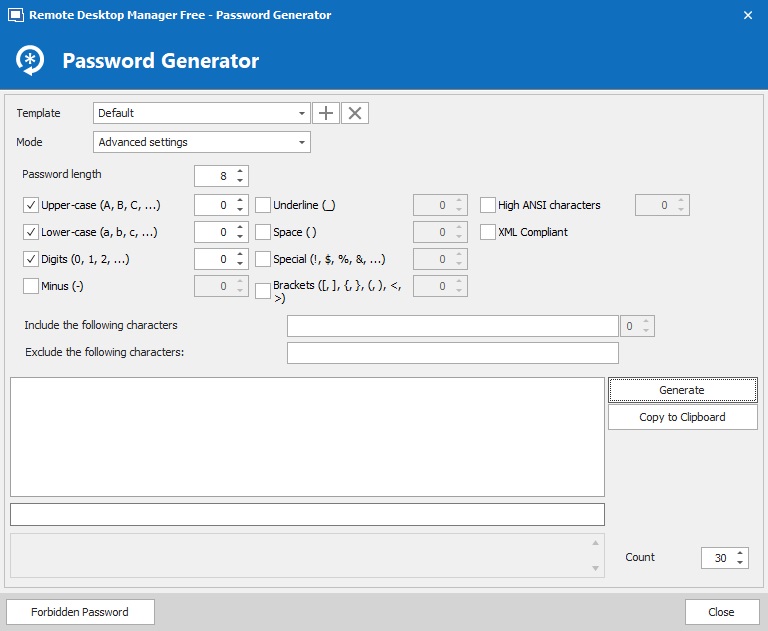

Remote port forwarding: The connections from the SSH server are forwarded via the SSH client, then to a destination server. It is the most used type of port forwarding. For example, you could use the local port forwarding to bypass a company firewall to connect to your client. Local port forwarding lets you connect from your local computer to another server. Local port forwarding: The connections from the SSH client are forwarded via the SSH server, then to a destination server. There are three ways to create an SSH tunnel: SSH tunnels also provide a means to bypass firewalls that prohibit or filter certain internet services. It could also be useful when connecting a client through an SSH server protected by a firewall. The SSH Tunnel can be used to establish a form of a virtual private network (VPN), and since the connection is encrypted, it can be useful for transferring unencrypted traffic over a network through an encrypted channel.įor example, we can use an SSH Tunnel to securely transfer files between a FTP server and a client even though the FTP protocol itself is not encrypted. It’s basically an encrypted tunnel created through an SSH protocol connection. Some people call this device a Jump or server. SSH tunneling is used to create a secure connection between a local and a remote computer, by going through another device that relays a specific service. What does it do exactly? When do you need it? What does it eat in winter? How do you actually set it up? Let’s take a deeper look at it! We often receive questions about our SSH Tunnel entry. If you have feedback for TechNet Subscriber Support, contact. Please remember to mark the replies as answers if they help and unmark them if they provide no help. In addition, also I tested the RDP connection in my lab (from win8.1 to server2012R2) with RDCMan 2.7, I configured the resolution to 3200*1900 and configured scaling, please see the following screenshot, it seems that scaling was working : Remote Desktop Protocol 8.1 Update for Windows 7 SP1 installed on the client." Dynamically updating the remote resolution is also available on Windows 7 clients connecting to Windows 8.1 or Windows Server These features are enabled by default if both the client and the host are running Windows 8.1 or Windows Server 2012 R2.

"Windows 8.1 and Windows Server 2012 R2 provide improved remote desktop and RemoteApp experiences by dynamically updating the remote resolution and remote scale factor based on changes made locally (on the client PC), without the need to reconnect to


 0 kommentar(er)
0 kommentar(er)
